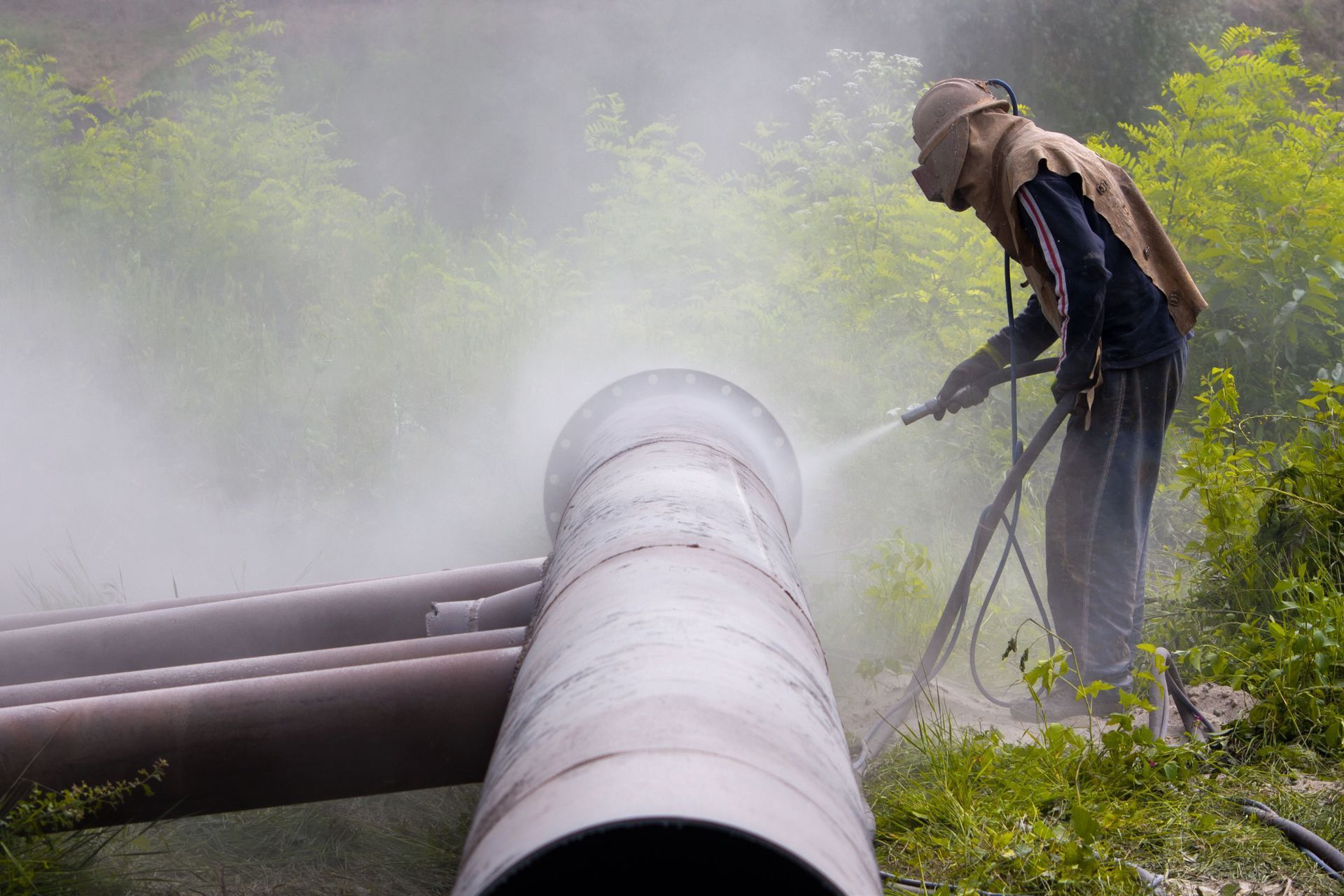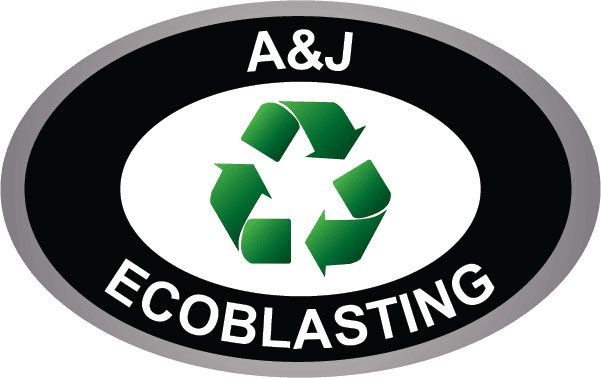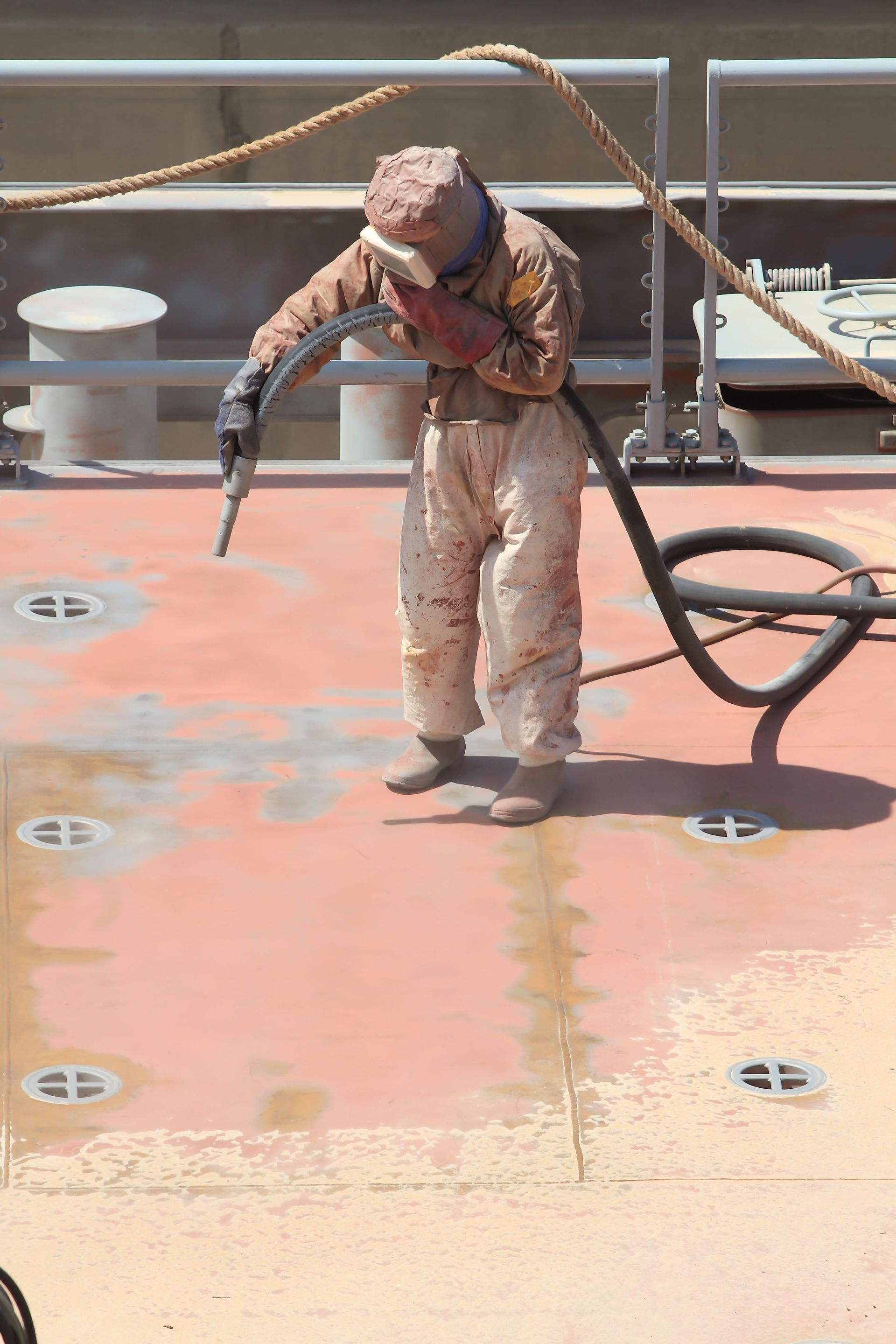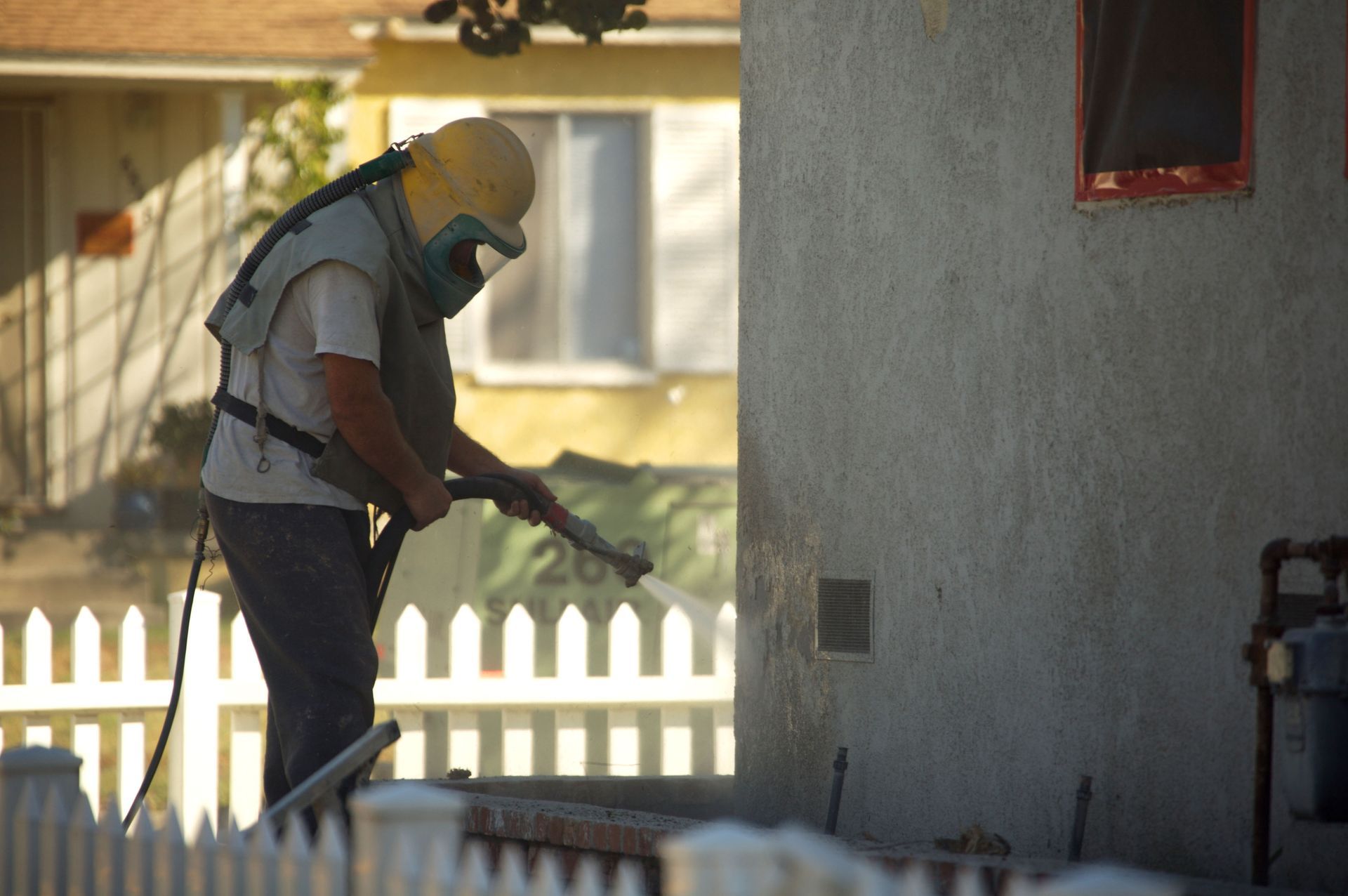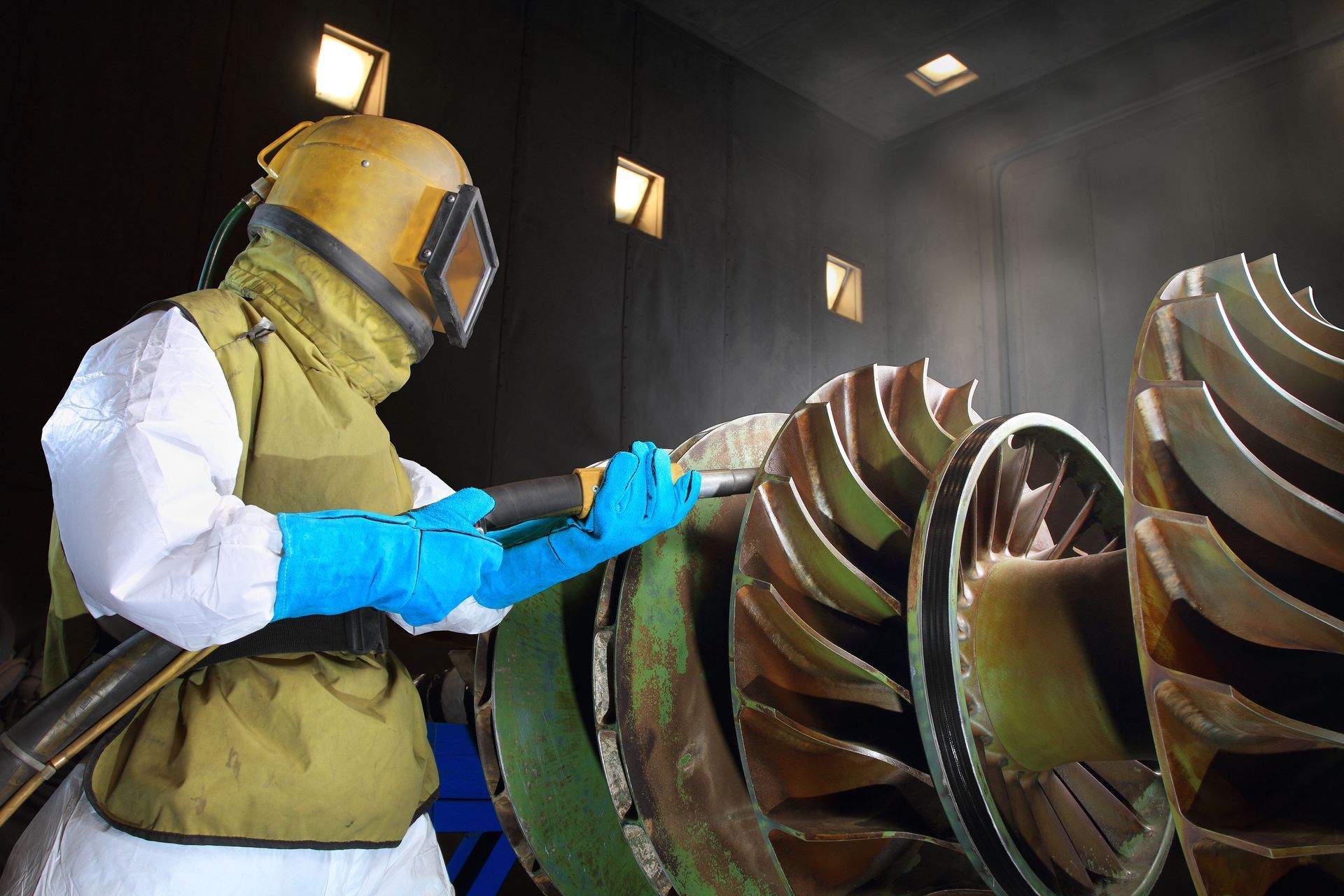Everything You Need to Know About Sandblasting
May 23, 2025
Sandblasting is a popular technique used in various industries for surface preparation and finishing. It involves propelling fine particles at high speeds to clean, smooth, or etch surfaces made from different materials. Whether you want to restore an old piece of furniture, prep a car body for painting, or clean industrial machinery, understanding the nuances of sandblasting can help ensure you achieve the desired results efficiently and safely.
The Origins and Evolution of Sandblasting
According to IST, sandblasting originated in the United States back in 1870 when Benjamin Chew Tilghman, a soldier, envisioned a way to remove rust and paint from surfaces more easily. This revolutionary method quickly gained traction due to its effectiveness and efficiency. Over the years, the technology has evolved, with modern sandblasting equipment offering a range of options like different abrasive materials, adjustable pressures, and even controlled environments to ensure precision in complex projects.
The Wide-Ranging Applications of Sandblasting
Sandblasting's versatility makes it invaluable in various applications. In industrial settings, it is used to clean metallic surfaces, remove rust, and prepare machinery components before assembly or painting. In contrast, artists and artisans employ sandblasting for decorative purposes, creating intricate designs on glass, wood, and stone surfaces. This adaptability arises from the ability to choose specific abrasives like garnet, aluminum oxide, or glass beads, each suited to particular tasks and materials.
The Importance of Safety in Sandblasting Operations
Safety is of paramount importance when undertaking sandblasting projects. The process generates dust and debris that pose health risks, making personal protective equipment (PPE) such as masks, gloves, and eye protection essential for operators. Moreover, understanding the equipment and following proper operational procedures are crucial in minimizing hazards. Using safer, non-silica-based abrasives has also become standard practice, reducing the risk of respiratory issues associated with traditional methods. Regular training and safety briefings ensure operators remain informed about best practices and emerging safety standards.
Sandblasting is a powerful technique with a rich history and wide-ranging applications. By comprehending its origins, equipment options, and safety requirements, individuals and industries alike can leverage the benefits of sandblasting to achieve superior surface finishes and prolong the lifespan of materials. With continuous technological advancements, sandblasting remains an essential practice for both functional and decorative purposes. And if you're looking for a premier sandblasting service provider, contact A&J Ecoblasting today!
